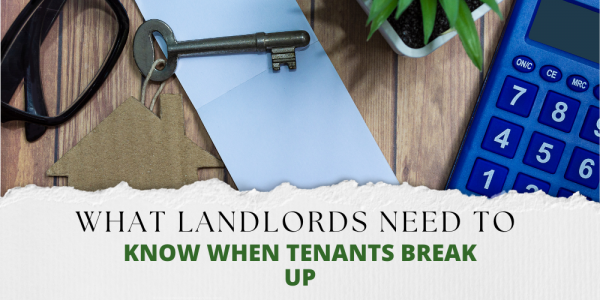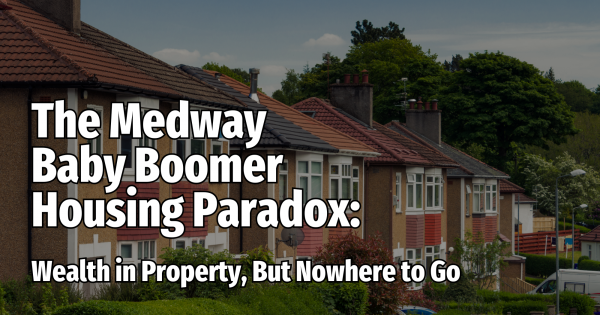The UK property market has undergone significant shifts since the summer of 2020, driven primarily by the post lockdown race between the summer of 2020 and late 2021, and then a rapid series of interest rate hikes aimed at curbing inflation in 2022 and 2023. These changes have had far-reaching implications across the property market, influencing both prices and transaction volumes.
As we explore the nuances of these facts, it has become evident that while some anticipated trends (the property market was supposed to crash in Covid and again on the interest rate rises), this did not fully materialise. In fact, the property market has shown remarkable resilience under pressure.
The Interest Rate Surge and Its Impact
The initial wave of interest rate hikes began in November 2021, as the Bank of England sought to counter rising inflation, a process that continued until the summer of 2023. Over this period, interest rates were raised 14 times, culminating in a peak rate of 5.25%. The Bank of England's decision to implement such a rigorous monetary policy stemmed from concerns about the rapidly escalating cost of living, a consequence of both domestic and global economic pressures, including the significant disruption caused by Russia's invasion of Ukraine in February 2022.
However, the interest rate tide began to turn in August 2024 when the Bank cut rates slightly, to 5%, in response to improving inflation figures. This reduction, coupled with signs that further cuts could be on the horizon, has brought a sense of cautious optimism to the market. For the first time in many months, there is a glimmer of hope that the worst of the economic storm may be behind us.
So, let us look at house prices locally over the last 4 years.
Local Property Market House Prices in Medway Between 2020 and 2024
The average value of a property in Medway in July 2020, was £243,096. Today, according to the Land Registry, that now stands at £286,597, a rise of 26.78%. So, house prices in the Medway area as a whole haven’t dropped, despite the two predictions they would. So surely, it must be cash buyers that kept the Medway property market afloat, considering the huge increases in interest rates?
Cash Buyers: Not the Game-Changer We Expected
In analysing the performance of different segments of the British property market during this tumultuous period, one of the more surprising findings is the limited role that cash buyers have played. Traditionally, cash buyers are perceived as having a significant advantage in a high-interest-rate environment. Without the need for financing, they are insulated from the direct effects of rising borrowing costs, which should, in theory, allow them to dominate the market when mortgage rates soar. So, did the number of cash buyers rise when interest rates began to rise in 2022?
The proportion of UK home buyers with cash has indeed risen from
the late 20%’s in 2020/21 to the early 30%’s in 2023/24.
As you can see it increased, yet it wasn’t an avalanche. Despite their financial advantages, cash buyers did not dramatically alter the dynamics of the market. Instead, the pace of the market continued to be set by those who rely on mortgages, even as the cost of borrowing increased substantially. This trend underscores the critical role that mortgaged buyers play in shaping market conditions.
Looking locally in Medway:
In 2020, 27.57% of UK home buyers were cash buyers, whilst in Medway, 18.1% of buyers were cash buyers.
In 2021, 28.06% of UK home buyers were cash buyers, whilst in Medway, 17.8% of buyers were cash buyers.
In 2022, 27.79% of UK home buyers were cash buyers, whilst in Medway, 15.6% of buyers were cash buyers.
In 2023, 32.94% of UK home buyers were cash buyers, whilst in Medway, 20.1% of buyers were cash buyers.
In 2024 YTD, 33.26% of UK home buyers were cash buyers, whilst in Medway, 21.2% of buyers were cash buyers.
Locally in Medway, we have seen a slight growth in cash buyers compared to 2020 – yet again, nothing groundbreaking!


 By
By 



Share this with
Email
Facebook
Messenger
Twitter
Pinterest
LinkedIn
Copy this link